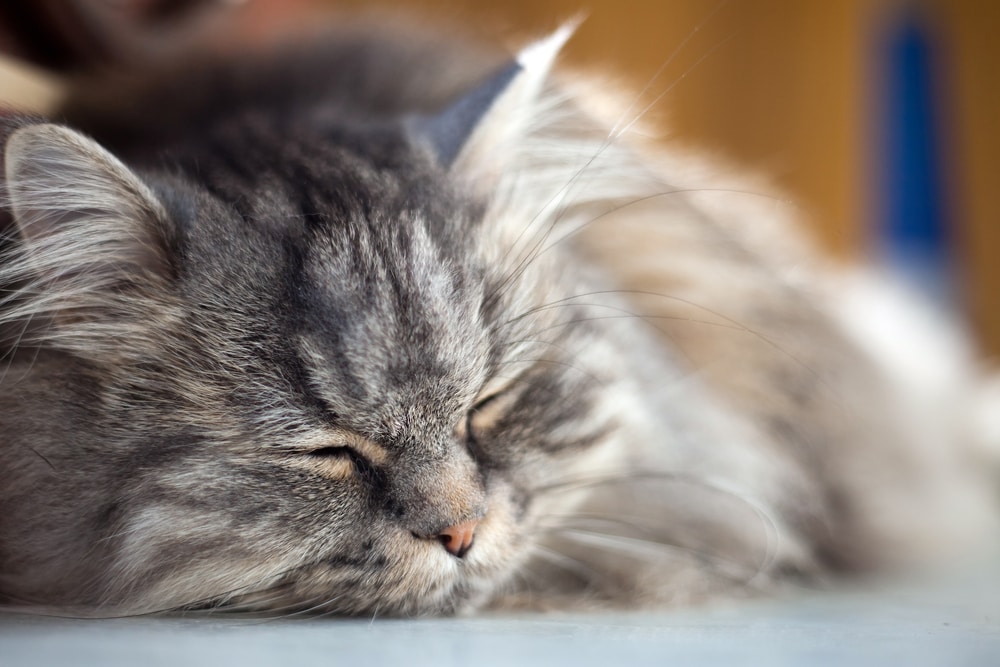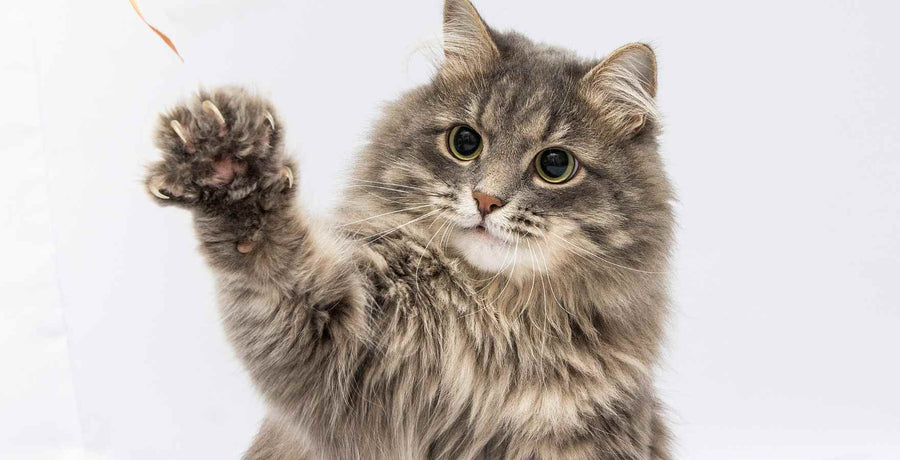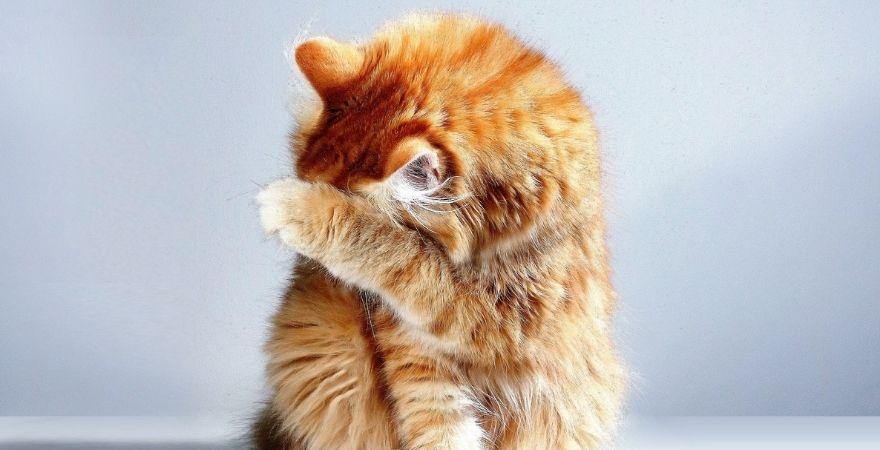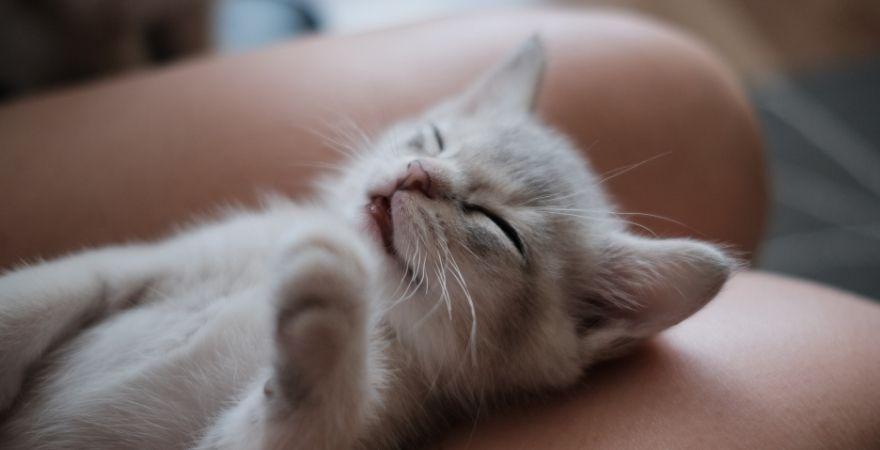
In this two part guide, we’re looking at practical things you can do to help a cat with chronic kidney disease (CKD) feel better. If you haven’t already read Part One, you may want to mosey on over (do people still do that?) and check that out first.
In Part One we looked at dietary issues. In this article, we’ll look more closely at three crucial medical management issues to look at.
1. MANAGE BLOOD PRESSURE

Cats with CKD frequently have high blood pressure. Just as you find with humans, hypertension places a pervasive strain on the body.
It increases the likelihood of heart disease and stroke and it generally diminishes quality of life.
Unfortunately, it’s quite a bit harder to medically diagnose high blood pressure in a cat than in a human. Nevertheless, your vet may be able to perform a test for you.
Common symptoms of lethargy you can look out for are lethargy and/or jitteriness (a general agitation). In extreme cases, high blood pressure can even lead to temporary or permanent blindness.
Your vet will prescribe either ACE inhibitors or Amlopidine, which is ideal for the gentle management of blood pressure once it’s under control.
2. LOOK FOR THE SIGNS OF ANEMIA

Anemia is another condition you’ll frequently find manifesting in cats with CKD. It’s a blood iron disorder in which the blood becomes less efficient at transporting oxygen.
This happens because the kidneys produce a hormone which regulates red blood cell production. As the kidney’s function deteriorates, production of this hormone diminishes.
While anemia is usually mild, it can be dangerous if left untreated.
It’s therefore a good idea to look for the symptoms. For a full guide on signs and symptoms, refer to this article. One quick check you can use though is to look at your cat’s gums.
If they’re pale, it’s likely your cat has anemia.
3. CHECK WITH YOUR VET ABOUT PHOSPHORUS LEVELS

A cat with CKD is going to need to limit its phosphorus intake because damaged kidneys aren’t very good at removing it from the bloodstream. Over time, phosphorous levels can rise to dangerous levels.
Complicating this, cats consume up to six times as much phosphorus as the average human. They need a lot more of it than us, which makes it a challenge to control phosphorus intake.
Your vet may recommend the use of phosphorus-binding agents. This oral medication traps phosphorus in the gut so that it can harmlessly pass out of the body.
Unfortunately, CKD is just one of those conditions that is complicated and can be challenging to manage. It can take a while to come up with a good management plan. The first thing to focus on is making sure your cat has the basics it needs to survive—good ol’ food and water.
Once that’s under control, the best thing you can do is work closely with your vet to identify and deal with ongoing medical issues.
Here’s the good news! Once you have the plan bedded down and all your medications are in place, it does become much easier to keep your cat with CKD happy. Good luck, and take care of your little guy!



